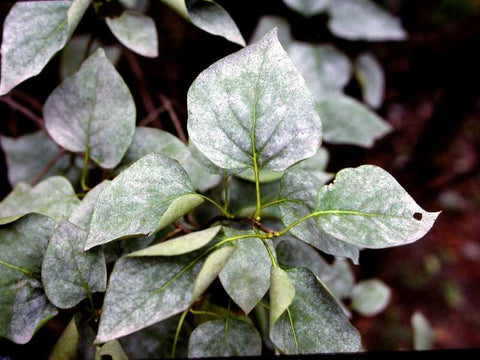By Cindy King, CPH, The Mill
Azaleas are one of the most mis-understood plants on the market today – They develop shallow fibrous roots that need protection from heat and loamy soils for the roots to penetrate. They prefer morning sun or dappled sun and seem to thrive best in woodland settings or planted near trees.
Azaleas are in the genus Rhododendron. There are over 800 species of azalea breaking down into 10,000 cultivars and just 4 species that are native to the state of Maryland. Of the 4 species 2 are present in the coastal plains – Rhododendron atlanticum and R. vicosum. Both can be found in moist woodland areas near trees in dappled shade or morning sun. Both can take moist conditions as opposed to the non-native varieties which prefer a moist well- draining loamy soil. The native varieties are deciduous and bloom in shades of white and light pink prior to leafing out in the spring and have upright habits.
Azaleas do best if planted in the fall as the roots are shallow and do not react well to drought or heat. Most bloom in spring holding flowers for several weeks. Many are visited by Hummingbirds as an early source of nectar. Most require little to any pruning if you place the right variety in your location. Varieties can grow from 2 feet tall and wide to 12 feet tall and wide.
When planting make sure you add organics to the soil and do not smother the plant with mulch. They need no more than an inch or mulch, as it is important that they and water penetrates the shallow root system. Recently there has been much discussion concerning other plant roots and mycorrhizae interactions between larger trees and azaleas.

Although azaleas can be used as foundation plants, they grow best and are healthier in woodland settings. If planted as foundation plants allow for air circulation to cool plant roots, organic soils, and soils with good tilth. The most prevalent varieties grown for landscape are the Asian or European type that are evergreen, offer large flowers ranging from white to deep red, and mound in habit.
All azaleas can be fertilized with Holly Tone or Azalea Tone by applying to the area around the drip line and out 1 foot lightly in late winter prior to bud break. Most azaleas require little fertilization as they gather nutrition from the loamy organic soils which the prefer.
Most garden centers carry the evergreen varieties or Asian, Exbury Azaleas which are hybrid crosses of the native plants with Asian varieties, and a few of the native varieties.

























